As industries move toward smaller, stronger, and more cost-efficient metal components, the role of a reliable sintered parts manufacturer becomes crucial. Powder metallurgy (PM) enables the mass production of gears, structural parts, locking components, and miniature mechanisms with stable tolerance and excellent performance—far beyond what traditional machining can accomplish at the same cost.
At XY-GLOBAL, we specialize in precision sintered metal parts, supporting automotive, consumer electronics, medical devices, and industrial automation.
This article provides real engineering data, production capabilities, and case studies, offering a practical guide for engineers evaluating sintering for their projects.

1. XY-GLOBAL Sintering Capabilities (Real Data)
| Capability | Specification |
|---|---|
| Part size range | 0.8 mm – 45 mm |
| Weight range | 0.1 g – 80 g |
| Minimum wall thickness | 0.4 mm |
| Typical tolerance | ±0.03–0.05 mm (secondary machining up to ±0.01 mm) |
| Density after sintering | 95–98% of theoretical |
| Materials | Fe-Cu, Fe-Ni, 316L, 17-4PH, 4605, soft magnetic alloys |
| Tooling | Single-cavity to 8-cavity molds |
| Annual production capacity | 20M+ sintered components |
| Testing equipment | CMM, hardness testing, density analyzer, gear measurement |
This performance data is based on XY-GLOBAL’s real industrial PM production—not theoretical textbook values.
2. How Sintered Metal Parts Are Manufactured (Practical Summary)
Step 1 — Powder Preparation
Metal powders are mixed with lubricants.
Common alloys: Fe-2Ni, Fe-Cu, 316L, 17-4PH, 4605.
Step 2 — Compaction
Powder is compacted at 100–800 MPa into a green part.
Green-density uniformity determines later dimensional accuracy.
Step 3 — Sintering
The compact is heated in a controlled furnace at 1100–1360°C, where metal particles bond.
Step 4 — Secondary Processes (Optional but Common)
-
CNC machining for tight tolerances
-
Resin/oil impregnation
-
Heat treatment
-
Deburring/finishing
-
Infiltration for strength
This combination enables both economical mass production and precision performance.

3. When Should You Choose a Sintered Parts Manufacturer?
(Engineers love this section)
Choose sintering when your part requires:
✔ Medium–high volume production (10k–1M pcs)
✔ Complex geometry with internal features
✔ Small metal parts (0.3–80 g)
✔ Dimensional consistency across thousands of pieces
✔ Lower cost compared to CNC machining
Avoid sintering if the part is:
❌ too large
❌ requires 100% full density
❌ needs extreme impact resistance
4. Case Study 1 — 17-4PH Locking Component for Security Mechanism
Industry: Smart security
Annual Qty: 300,000 pcs
Material: 17-4PH
Original manufacturing: CNC machining
Challenges
-
CNC cost too high
-
Dimensional drift in long batches
-
Key tolerance ±0.02 mm difficult to maintain
XY-GLOBAL Sintering Approach
-
Modified powder composition for strength & ductility
-
Designed a 6-cavity mold for volume efficiency
-
Applied sintering compensation parameters to control shrinkage

Results
-
Cost reduction: –63%
-
Density: 97.8%
-
Hardness: 36–38 HRC
-
Dimensional drift: from ±0.06 mm → ±0.02 mm stable
-
Customer satisfaction: qualified in first batch
Quote (from customer):
"The consistency and cost reduction were beyond what CNC could achieve."
5. Case Study 2 — Micro Gear (Fe-Cu) for Consumer Electronics
Industry: Smart devices
Part size: Ø6.8 mm
Wall thickness: 0.45 mm
Material: Fe-Cu
Annual Qty: 1,200,000 pcs
Challenges
-
Gear teeth needed high definition
-
Sintering caused shrinkage variation
-
Maintaining roundness under 0.01 mm
XY-GLOBAL Solution
-
Optimized compaction pressure distribution
-
Introduced an 8-cavity high-efficiency mold
-
Adjusted furnace temperature curve to improve tooth definition
Results
-
Tooth profile clarity improved 25%
-
Roundness stability: 0.008 mm
-
Final density: 96.5%
-
Total manufacturing cost reduced 52%
This part has now entered continuous mass production.
6. Sintered vs. CNC vs. MIM — Clear Comparison Table
| Feature | Sintered Parts | CNC Machining | MIM |
|---|---|---|---|
| Best for | Medium–high volume small parts | Low–medium volume | Very small complex parts |
| Geometry complexity | High | Medium | Very high |
| Tolerance | ±0.03–0.05 mm | ±0.005 mm | ±0.01 mm |
| Strength | High | Very high | High |
| Density | 95–98% | 100% | 96–99% |
| Cost | Low | High | Medium |
| Mold cost | Medium | None | High |
| Ideal weight | 0.1–80 g | Any | 0.1–50 g |
This table helps engineers immediately understand whether sintering is the right solution.

7. Why XY-GLOBAL Is Your Trusted Sintered Parts Manufacturer
-
Over 20 million sintered parts produced annually
-
Expertise in small, complex mechanical components
-
Strong material knowledge (17-4PH, 316L, Fe-Cu, Fe-Ni, 4605)
-
In-house CNC finishing for tight tolerances
-
Consistent batch control with SPC & CMM
-
Engineering-led DFM support
-
Fast sampling cycle
We don’t just manufacture sintered metal parts—
we solve engineering challenges with cost-effective production.

Conclusion
Choosing the right sintered parts manufacturer determines the performance, reliability, and scalability of your product. With advanced powder metallurgy capabilities, engineering expertise, and a proven track record, XY-GLOBAL delivers stable, precise, and cost-efficient sintered components for global industries.
Whether you need micro gears, locking structures, or complex mechanical parts, we help turn your design into manufacturable reality—with consistency from prototype to mass production.
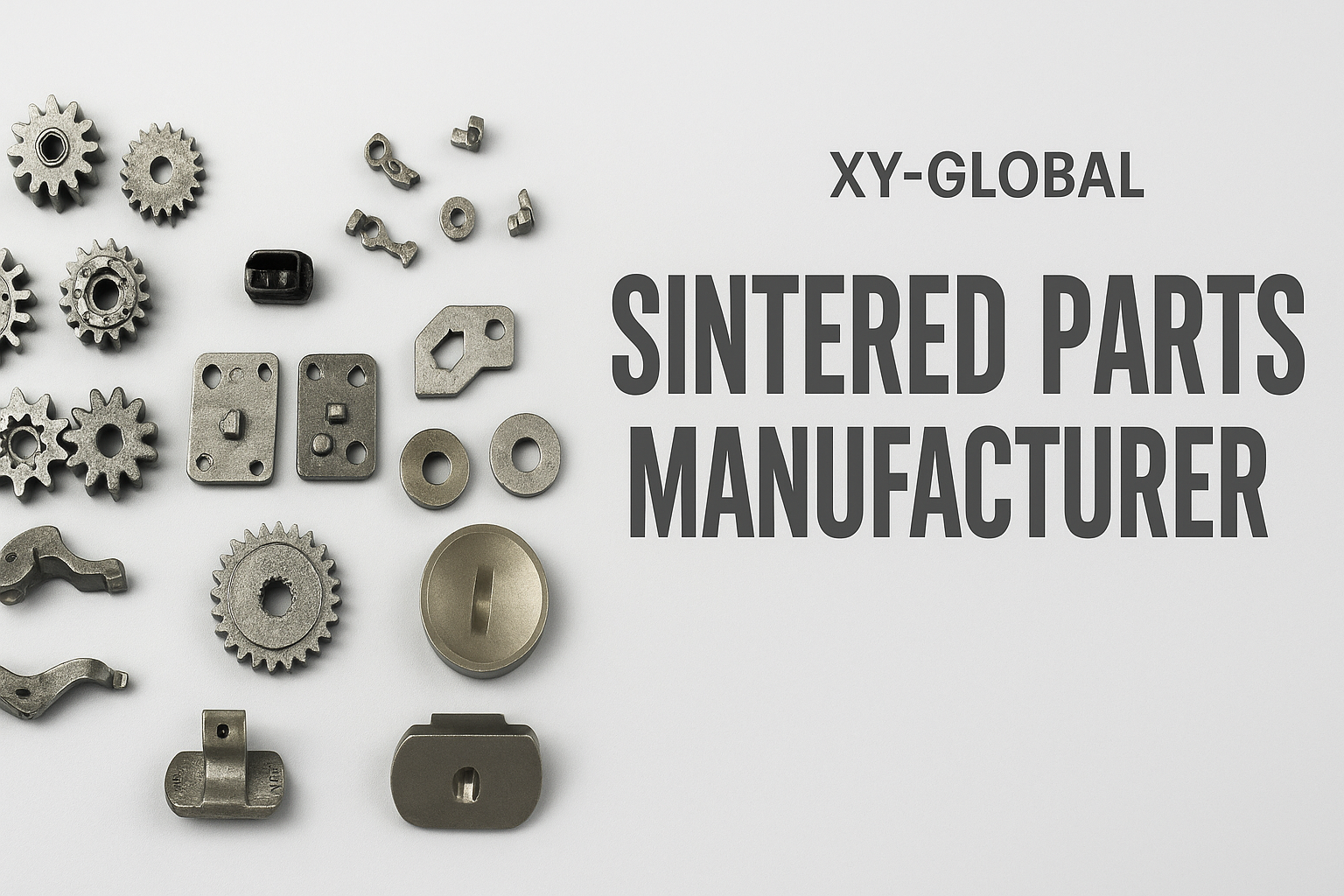
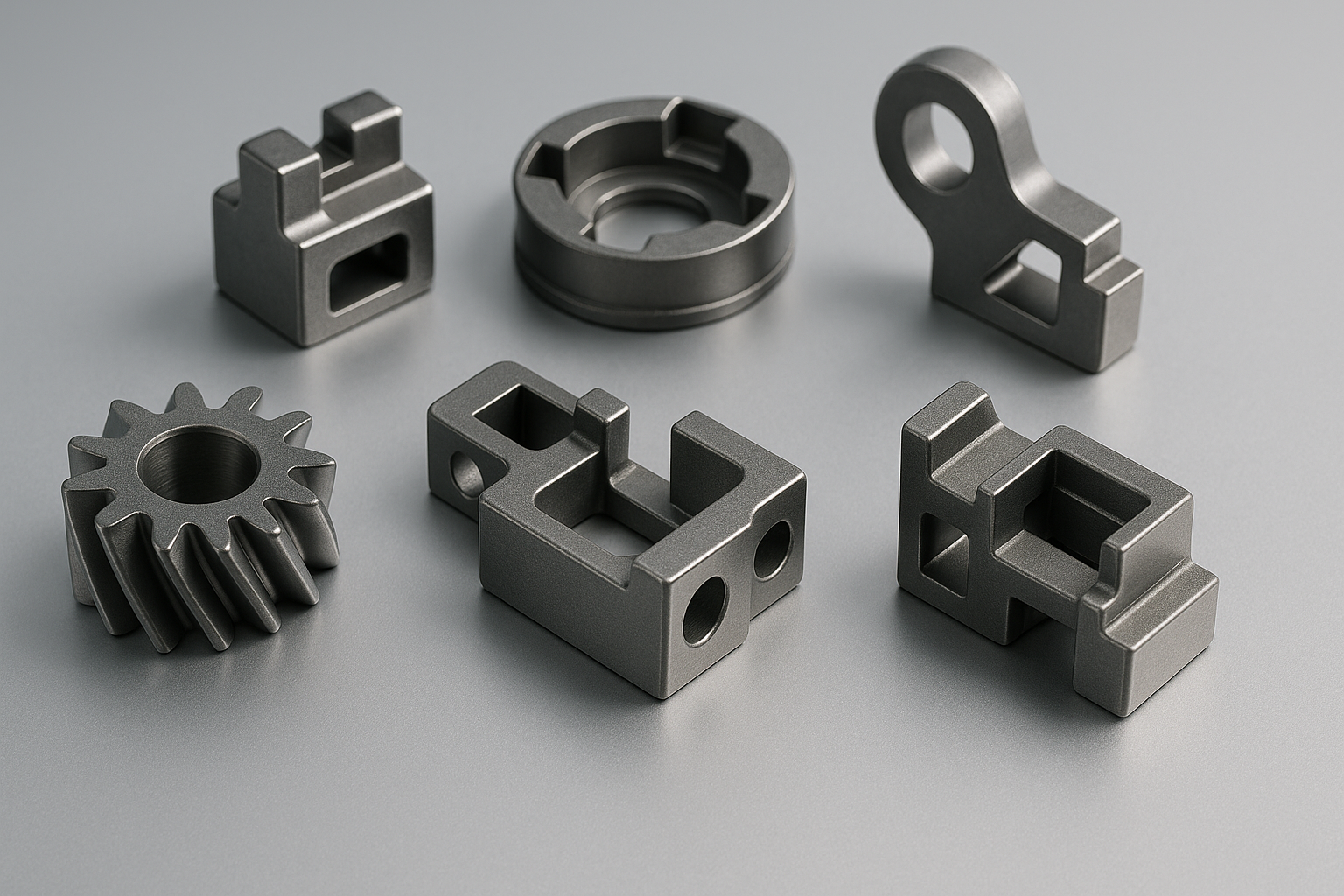

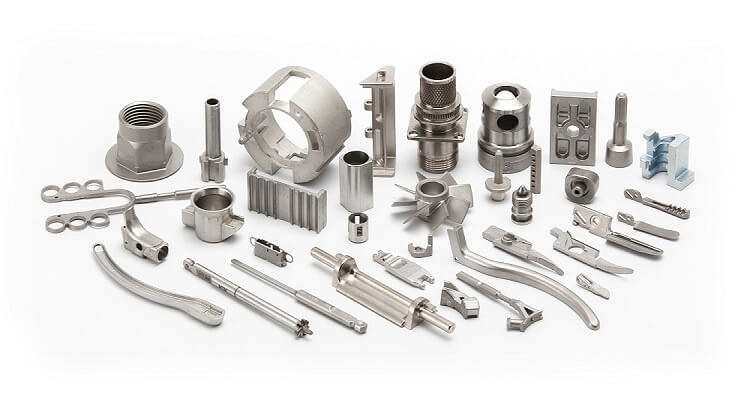
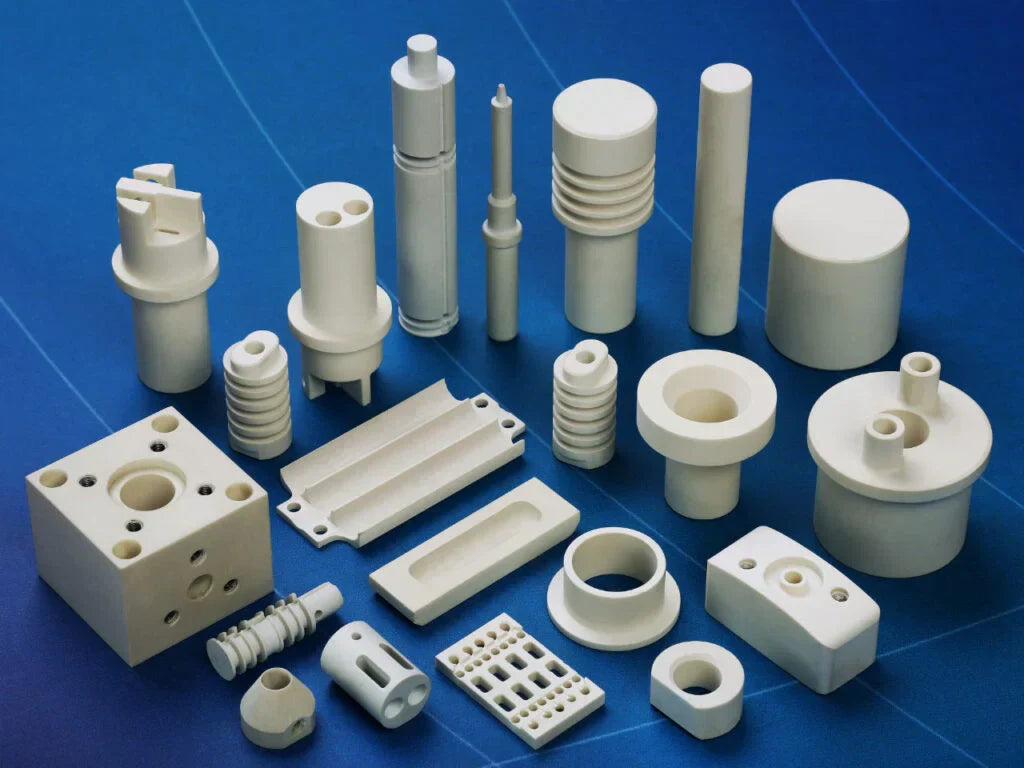

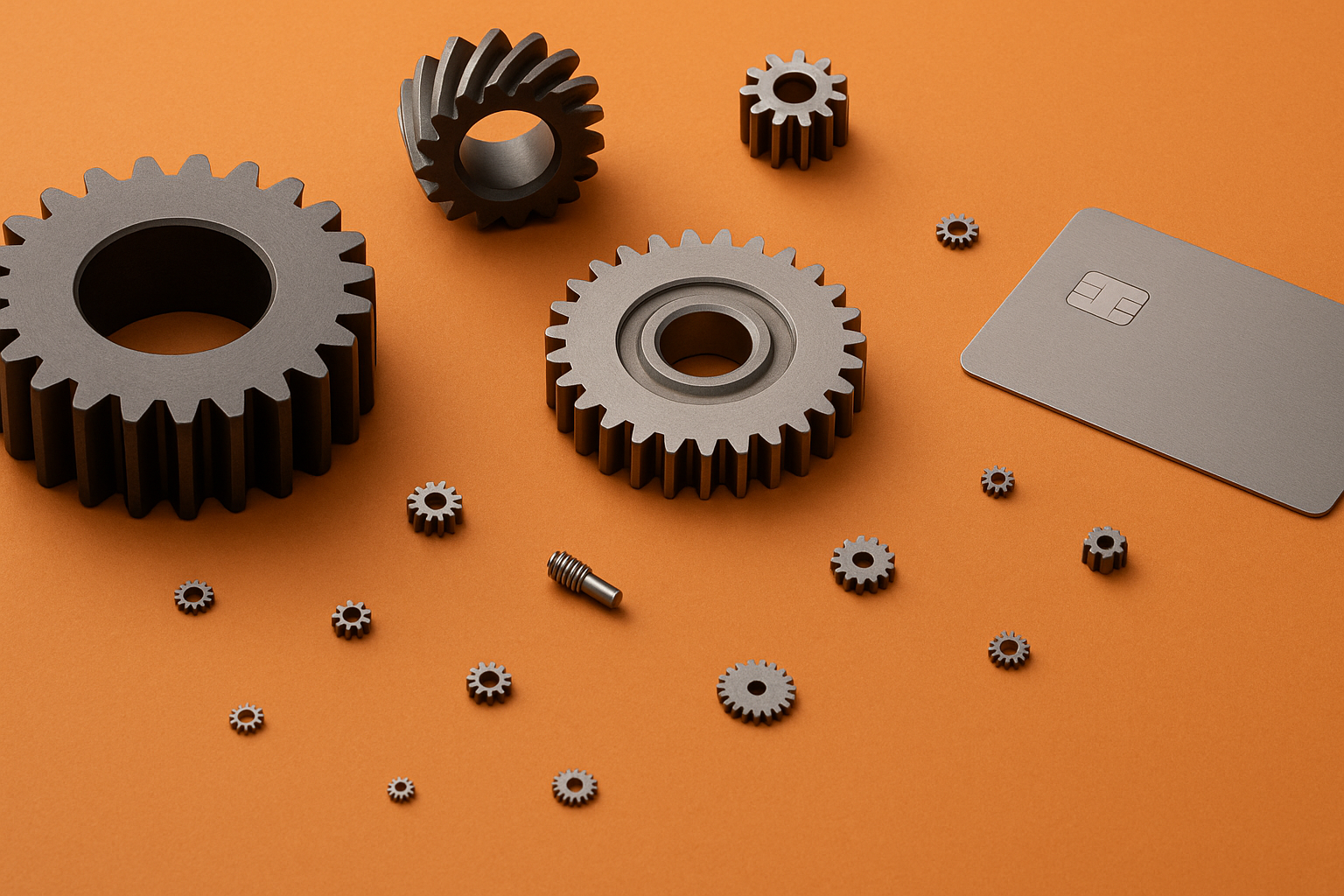

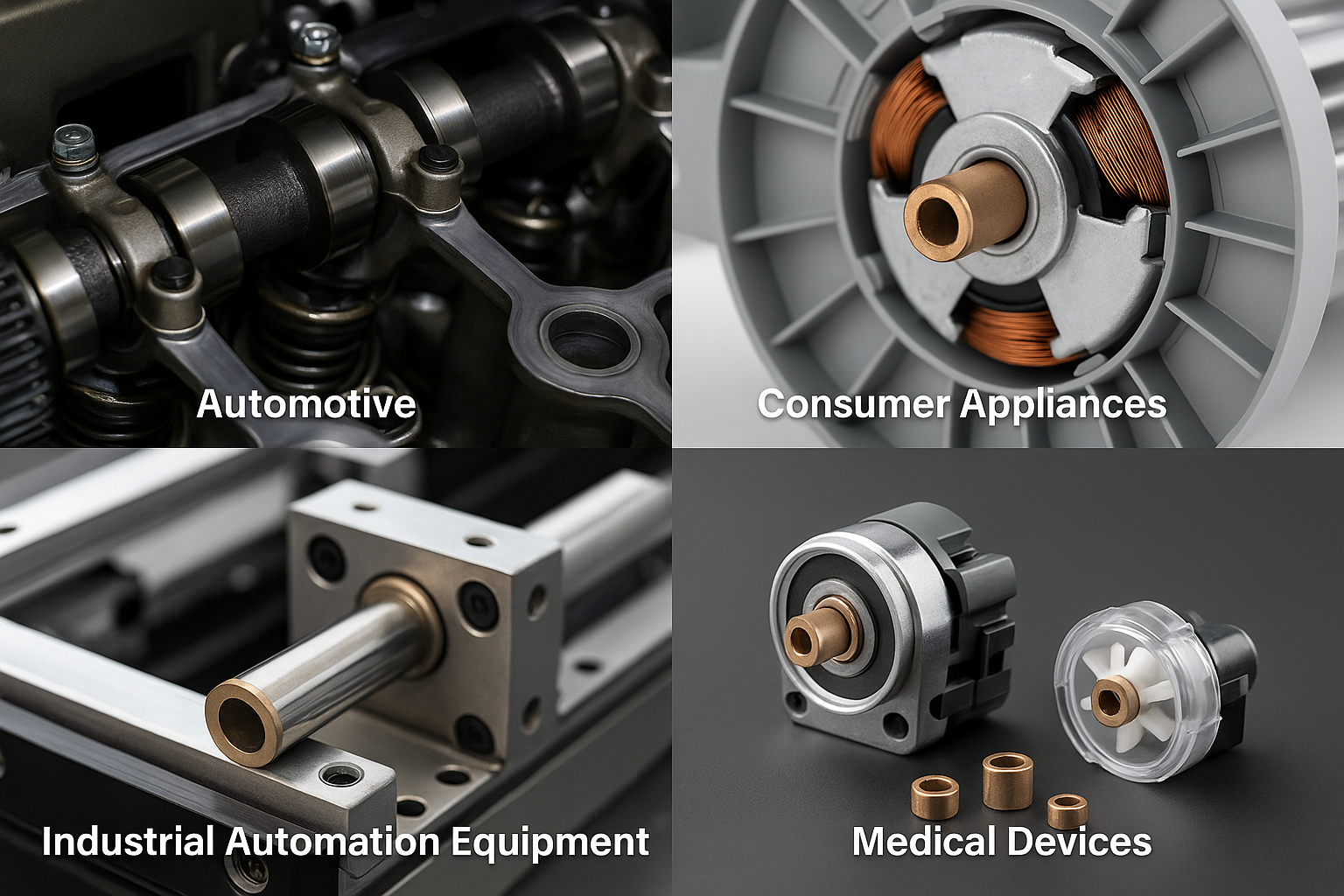
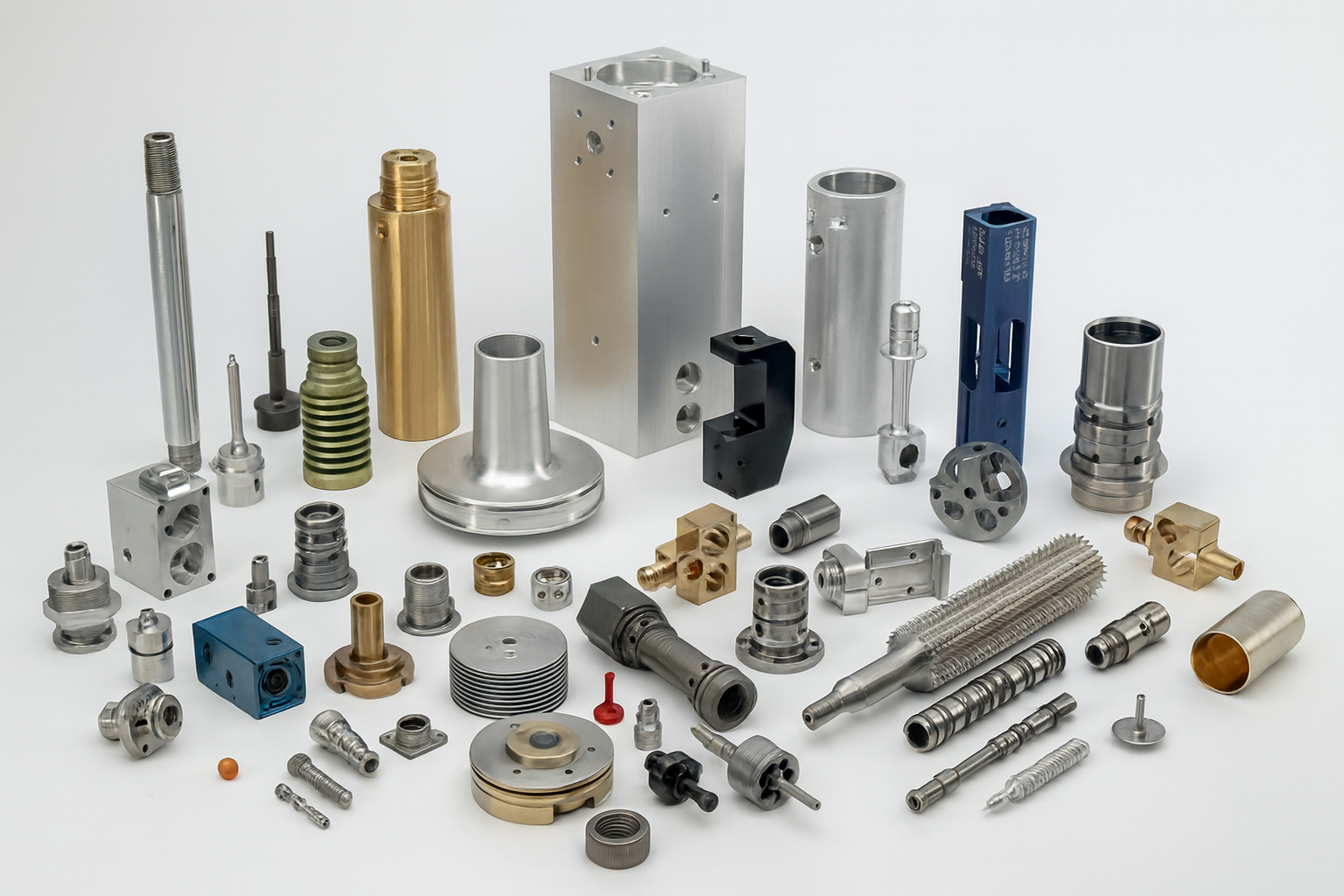
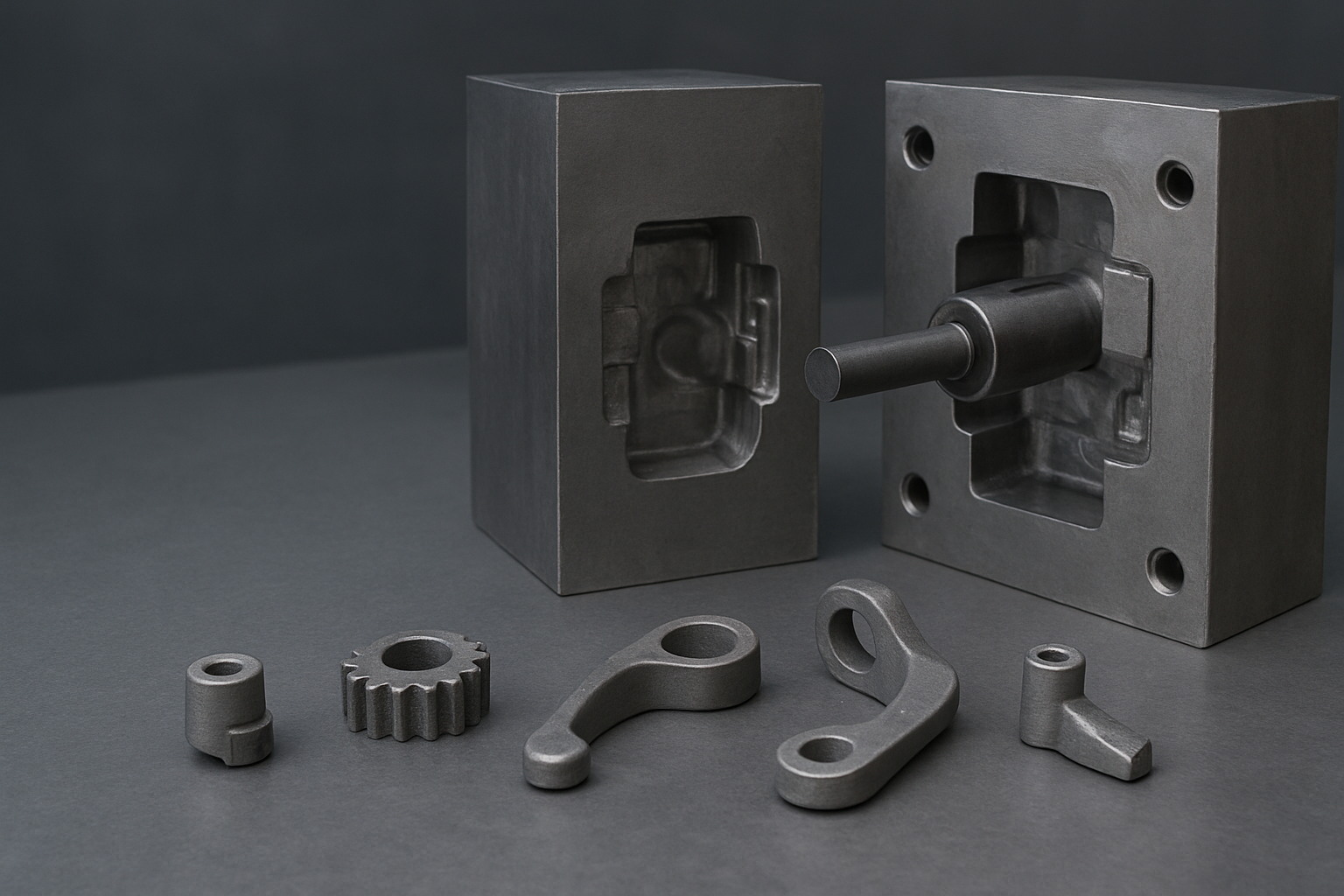

Делиться:
Why MIM Development Takes Time and Why the Tooling Cost Is Higher